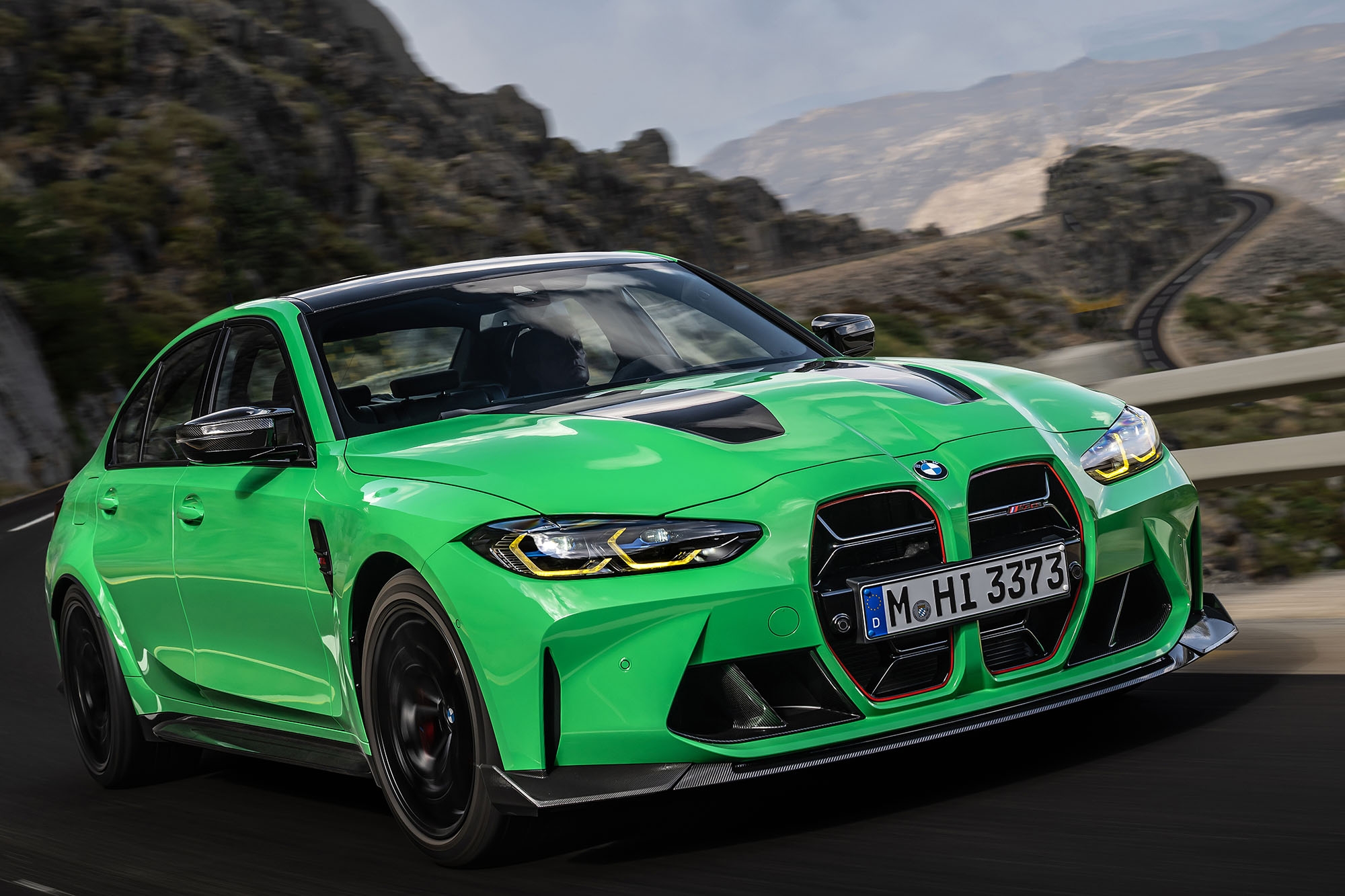What Are Staggered Wheels?
By design, the wheels on some vehicles aren't all the same size.
 BMW
BMW
On most vehicles, the tires are all the same size. In the automotive industry, this setup is referred to as square. Staggered wheels are the alternative to a square setup.
While a square setup uses a wheel and tire of the same size at each corner, running staggered wheels means the front wheels are a different size from the rear ones. Generally, it only refers to width. However, sometimes the front and rear wheels can also be different diameters.
Larger Rear Wheels Are Often Found on Performance Vehicles
On mass-produced cars, engineering teams spend large amounts of time designing suspension setups and refining calibrations. But ultimately every move the car makes depends on the tires.
The area of the tire that is touching the road at any given moment is called the contact patch, and on most cars, it's slightly bigger than a large person's hand. Changing the size of that contact patch makes huge differences in the handling of a car, and managing grip between the front and rear of a car is essential.
Cars with staggered setups, such as the BMW M3 Competition, the Chevrolet Corvette, and Porsche 911 Carrera are almost always rear-wheel drive and have the wider and/or taller wheels on the rear axle. Notable exceptions include front-wheel-drive drag cars and specialty vehicles like the Pontiac Grand Prix GXP.
Staggered Wheels Save Weight and Provide Grip Where It's Most Needed
Opting for a narrower wheel and tire up front may offer some performance benefits, as there will be more grip on the rear axle with the wider tires. There's also a lower likelihood that the narrow front tires will tramline, or follow pavement imperfections and jerk the steering wheel around.
Since smaller tires mean less weight up front, drivers may also experience a smoother ride, as a lighter wheel and tire transmits less force into the cabin when it hits a bump, dip, or other pavement imperfection.
Aftermarket Staggered Setups Can Result in Uneven Tire Wear and Handling Issues
Uneven tire wear is a downside of staggered wheels, as a staggered setup limits tire-rotation options.
Rather than swapping front to back and side to side, you can only swap tires on the same axle. And if you're running directional tires, you'll have to have the rubber removed and remounted to even do that. If a tire begins to wear unevenly, it will need to be replaced, and if it's on the drive axle, you should replace its counterpart at the same time — so you'll be buying two tires.
Handling is another consideration. If you switch from a factory square setup to a staggered one, the driving dynamics of your vehicle may change significantly, as every suspension component was calibrated for equal front and rear grip.
Written by humans.
Edited by humans.
 Jared Gall
Jared GallJared Gall is a car geek who fell backward into his dream job at an auto magazine. (Remember those?) He's reviewed hundreds of vehicles, raced 500-hp Mercedes-Benzes on the ice in Sweden, and was told by development driver Raffaele de Simone, "It's OK if you spin the car off" Ferrari's test track in Fiorano. He loves nothing more than cars, except maybe his dogs — who are named after trucks.
Related articles
View more related articles